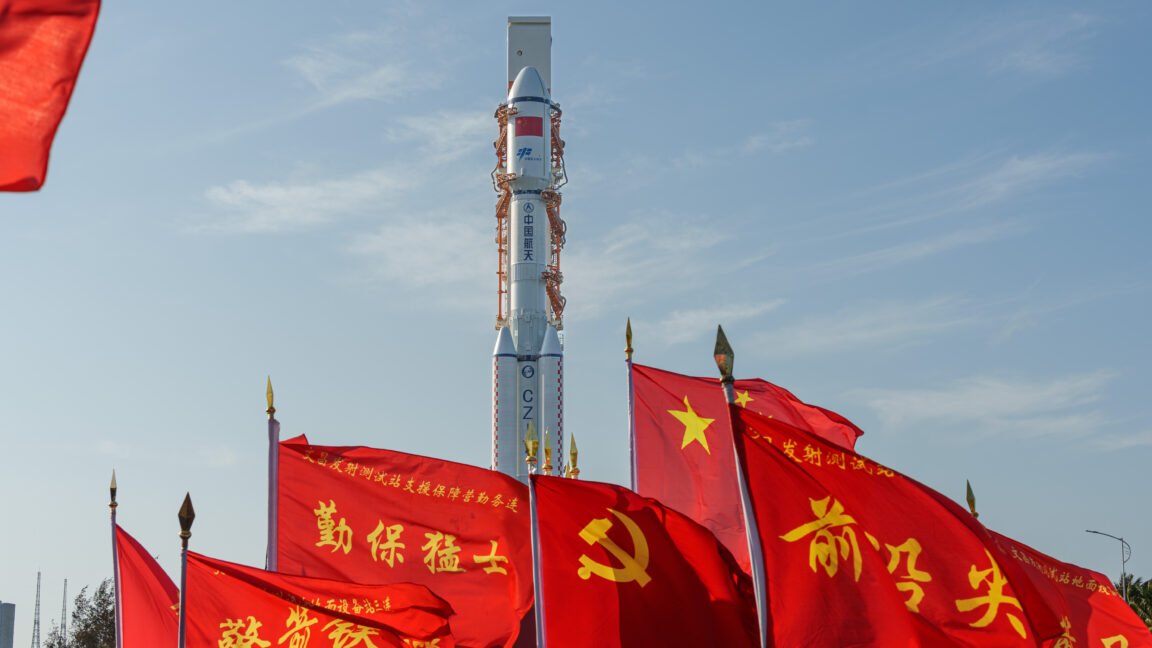Tackling Space Junk: Removing 50 Debris Objects Could Halve Orbital Collision Risks

A recent report highlights the top 50 most concerning pieces of space debris orbiting Earth, revealing that the majority are remnants from over 25 years ago. Most of these objects are defunct rockets that continue to pose significant risks to active satellites and future missions.
“Objects launched before 2000 still constitute the majority of the problem,” explained Darren McKnight, lead author of the study presented at the International Astronautical Congress in Sydney. “Approximately 76% of these top 50 debris pieces date back to the last century, with 88% being rocket bodies. Recognizing this pattern is crucial, especially given current troubling trends in space congestion.”
The identified debris primarily consists of spent rocket stages and other large fragments that are likely to collide with active satellites or smaller debris, creating even more space junk. Traveling at nearly 5 miles per second, these objects orbit in a densely populated zone between 700 and 1,000 kilometers (435 to 621 miles) above Earth, an area heavily trafficked by both operational satellites and other debris fragments.
Scientists and space agencies emphasize that removing just these 50 objects could potentially reduce the risk of collision-related debris creation by half, significantly improving the safety and sustainability of Earth’s orbital environment. Efforts like active debris removal and improved tracking are vital steps toward mitigating the growing space junk problem.
For more information on space debris management and ongoing mitigation strategies, visit the official websites of organizations such as the European Space Agency (ESA) and NASA’s Orbital Debris Program Office.



